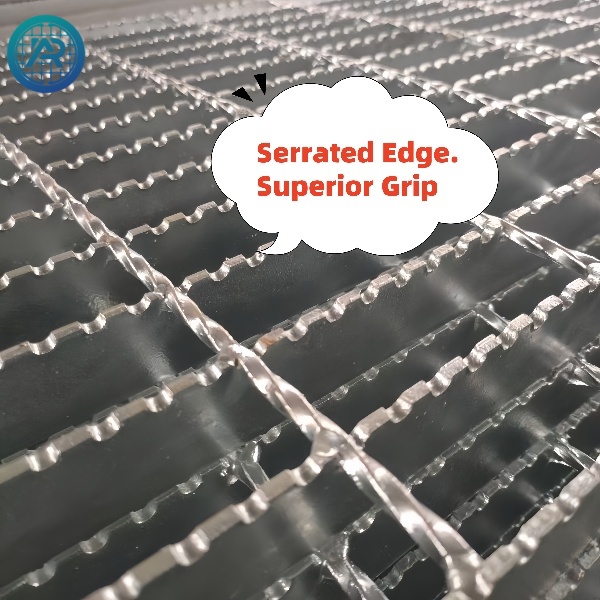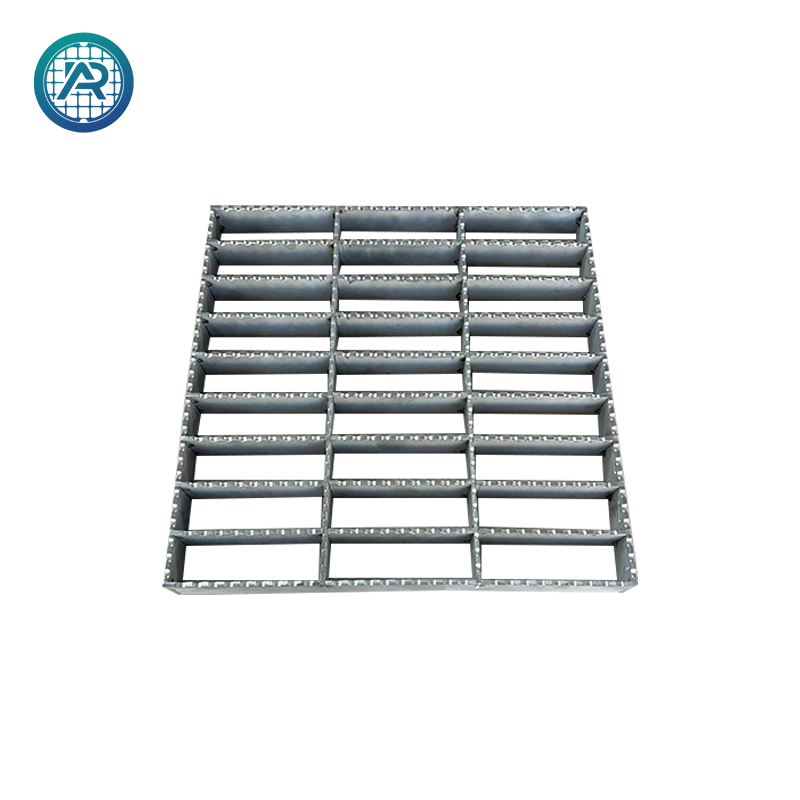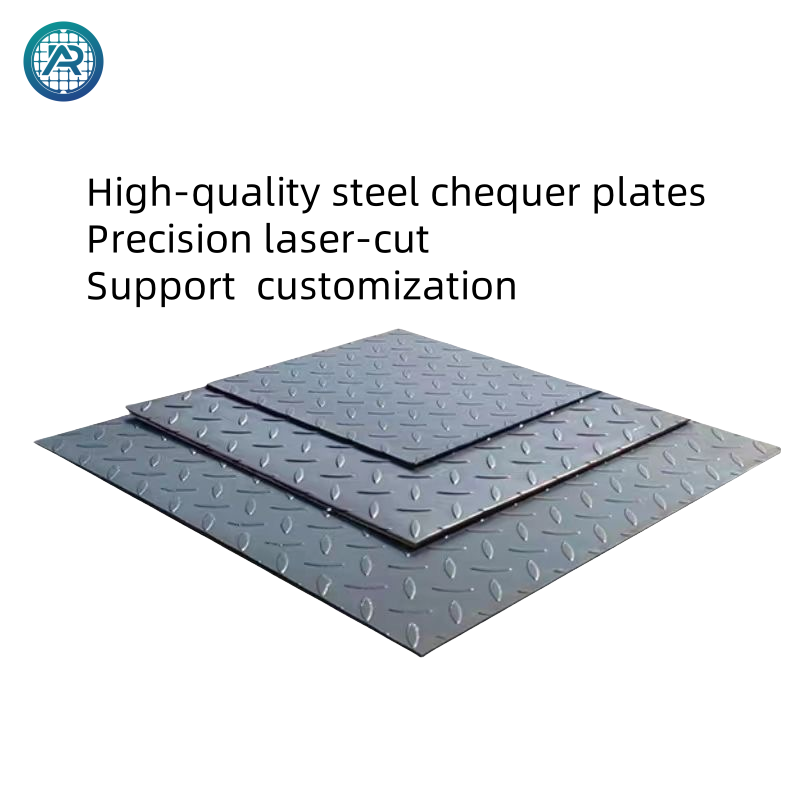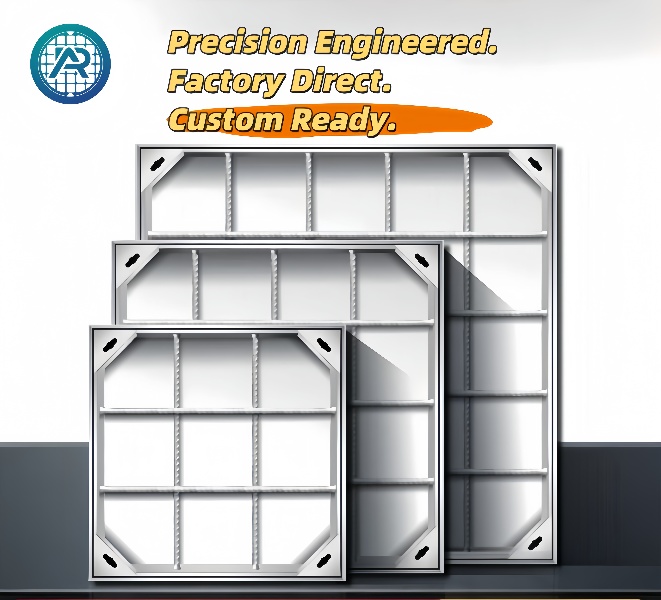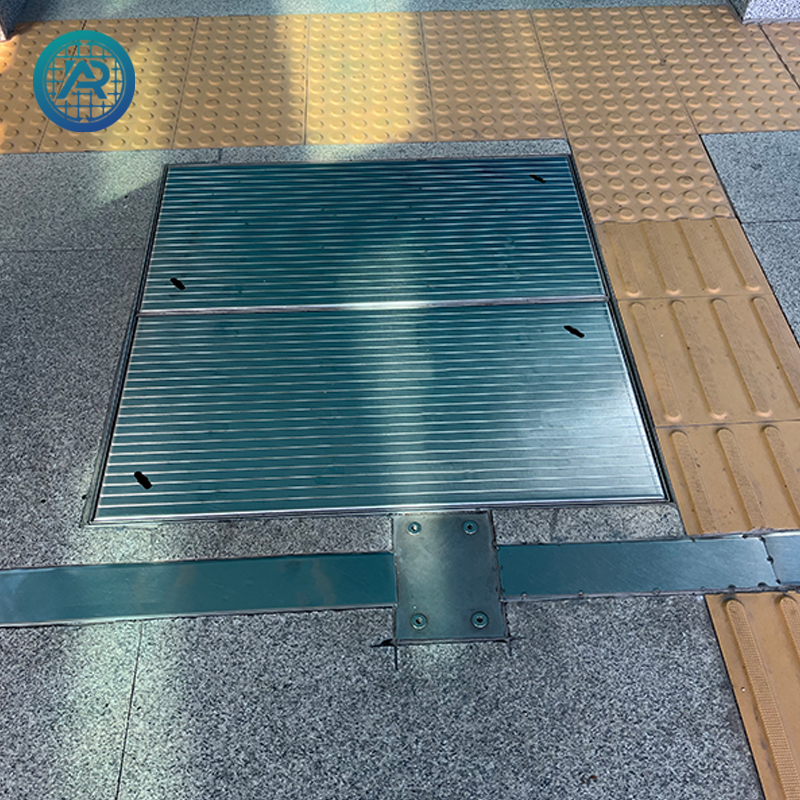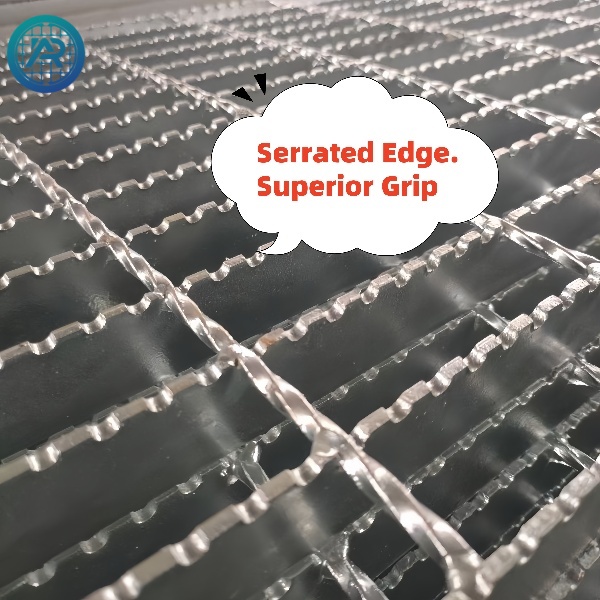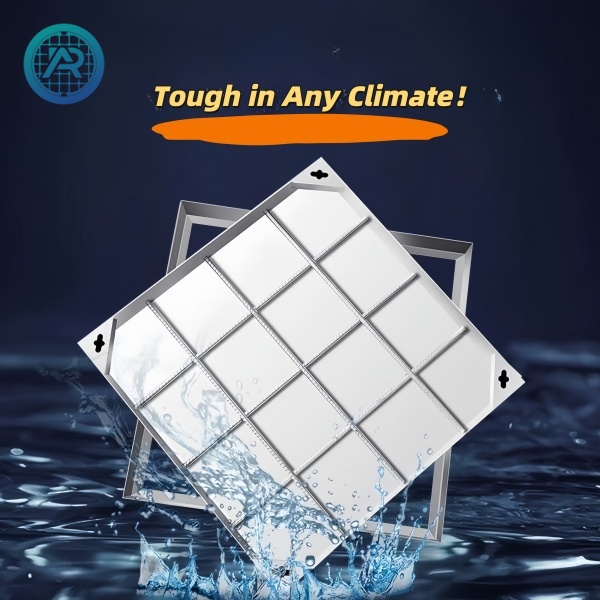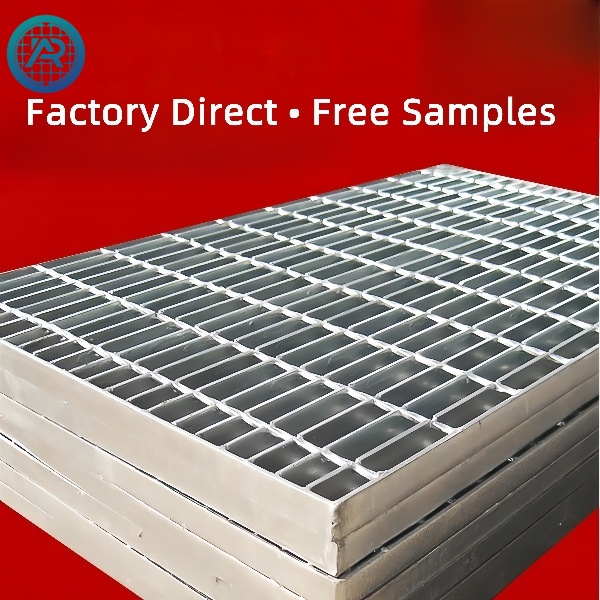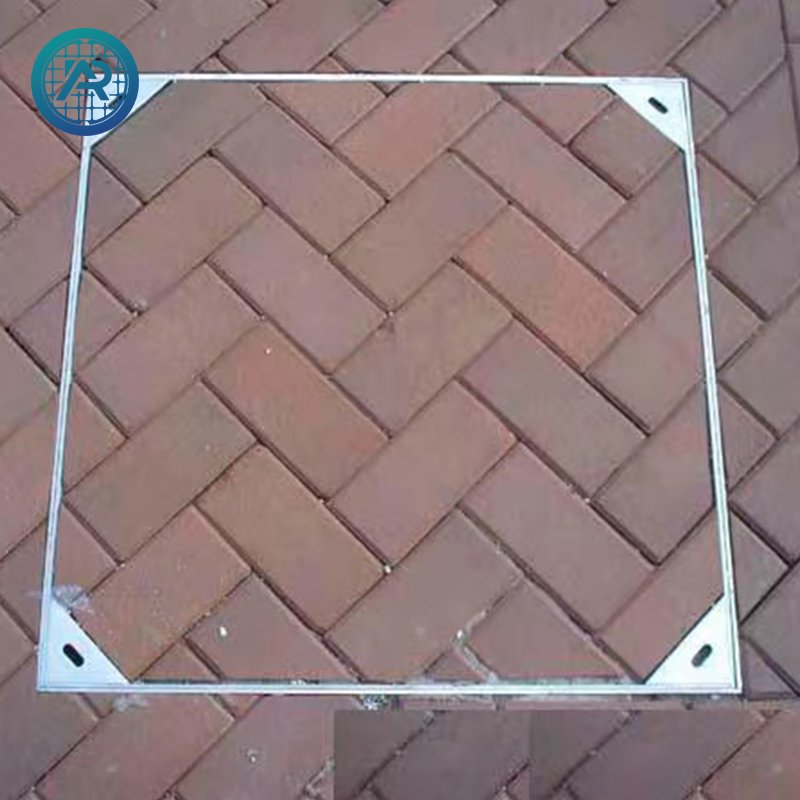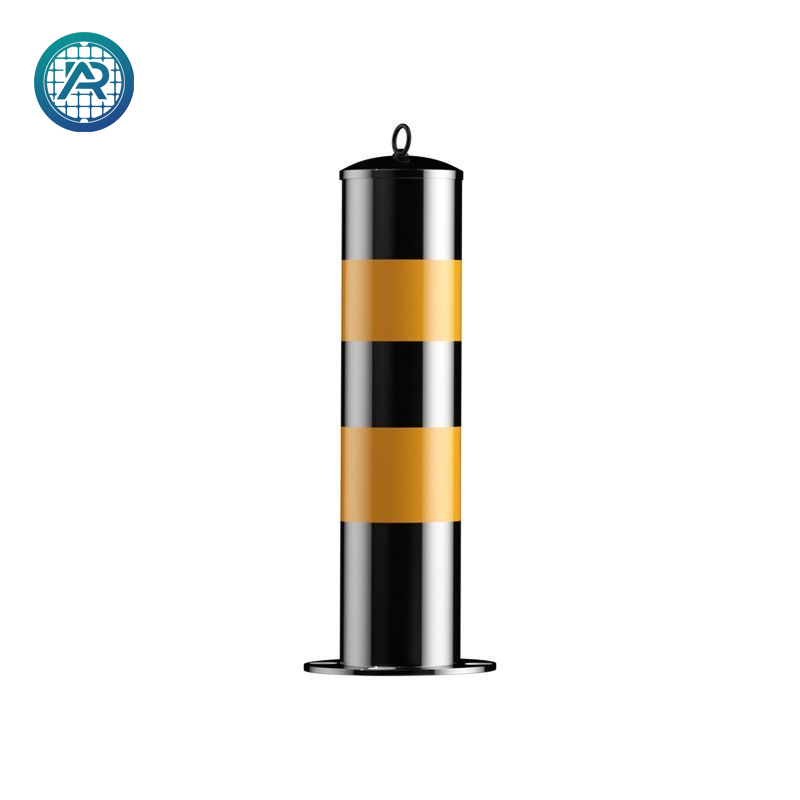Urban spaces are evolving rapidly. With growing emphasis on beauty, walkability, and functionality, even infrastructure components like manhole covers are being reimagined. The once clunky, raised metal lids are giving way to something smarter and subtler: the manhole cover recessed.
This evolution is not merely a cosmetic change—it reflects a deeper shift in how we think about city design, aesthetics, and public experience.
▌From Obstacle to Asset
For decades, manhole covers were treated as unavoidable eyesores: disruptive, dirty, and misaligned with their surroundings. But with the rise of smart cities and sustainable public space design, such elements must now blend in rather than stand out.
A decorative manhole cover doesn’t just hide—it enhances. It maintains surface consistency, supports foot traffic, and elevates the perceived quality of an entire area.
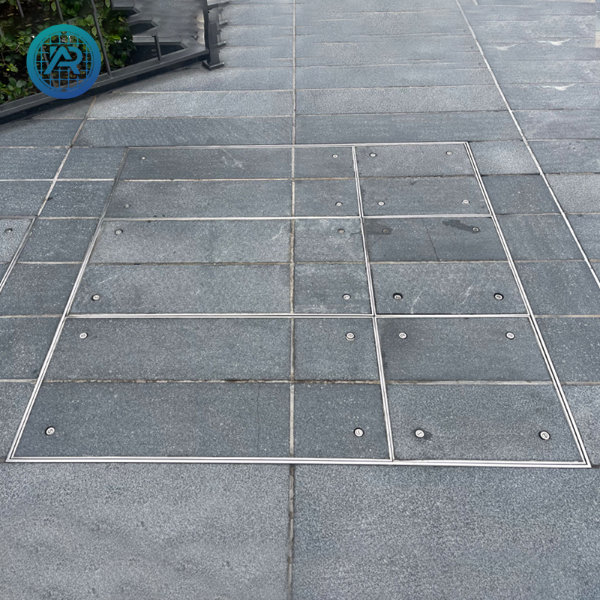
▌Why Recessed Covers Are Ideal for Urban Design
1. 🎯 Visual Integration
Filled with matching pavement or stone, a flush manhole cover virtually disappears. This is especially beneficial for:
Plazas and public squares
Museum or government building exteriors
Hotel driveways and courtyards
High-end residential walkways
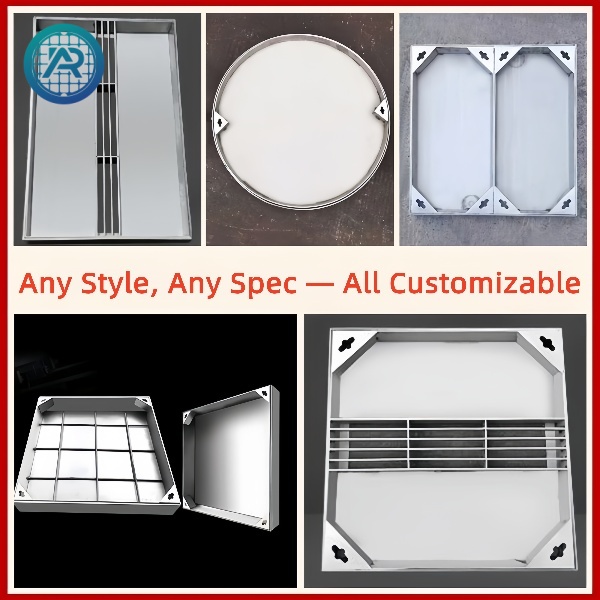
2. 🎯 Noise and Vibration Reduction
Loose or ill-fitting cast iron covers often create noise under traffic. A well-installed landscape manhole cover sits tightly and quietly—crucial for residential and cultural spaces.
3. 🎯 Flexible Design Options
Recessed covers support a variety of surface finishes, such as:
Cobblestones
Porcelain tiles
Concrete pavers
Natural stone
This allows designers to maintain pattern, color, and texture continuity throughout the space.
▌Improving Pedestrian Experience
Walkable cities are safe cities. Recessed manhole covers provide:
Trip-free surfaces
Smooth transitions for wheelchairs or strollers
Easy cleaning and water drainage
Visual calm, reducing urban stress
These details matter—especially in spaces where people gather, rest, or commute.
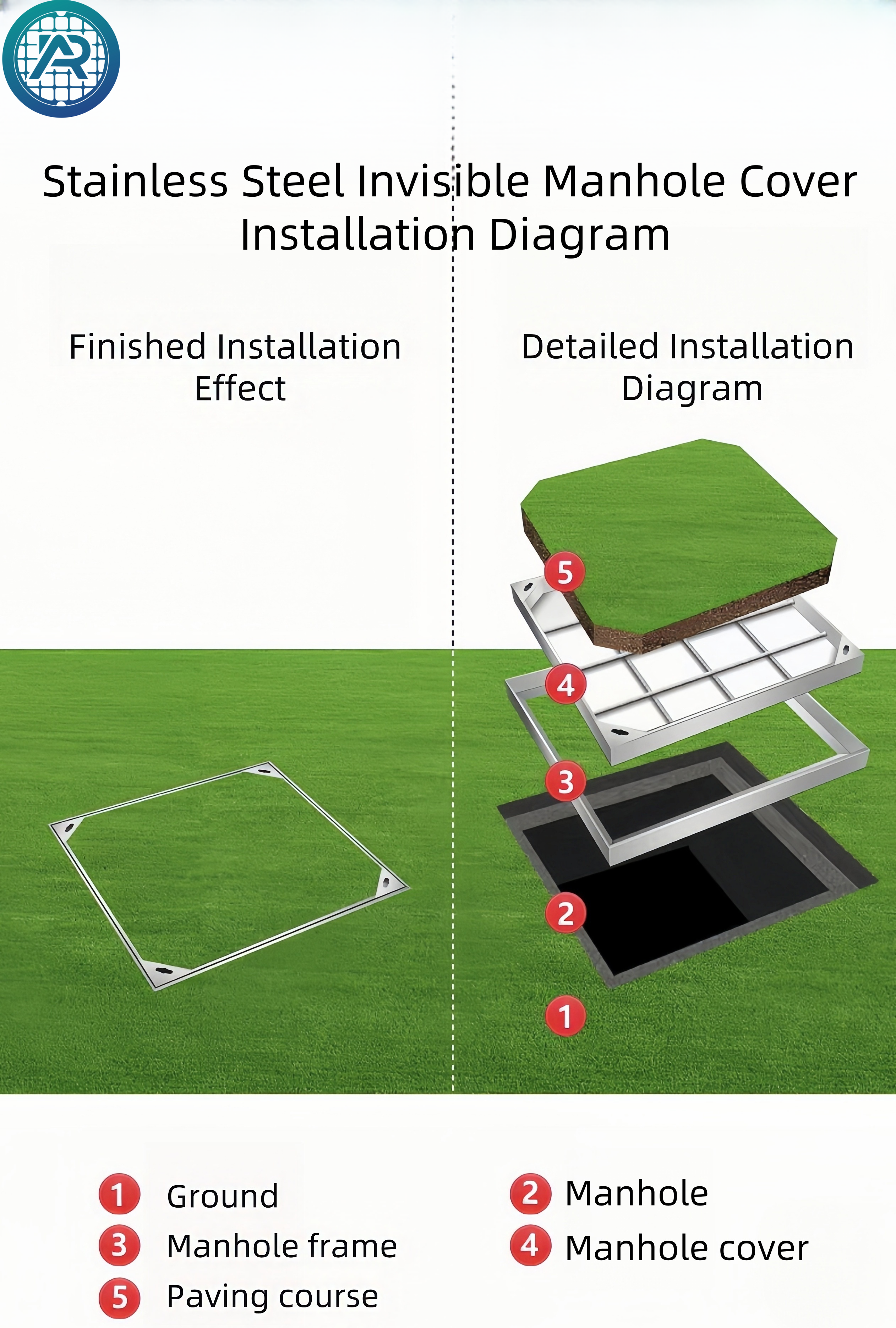
▌Smart Infrastructure for Smart Cities
In the era of smart infrastructure, the hidden functionality of a recessed manhole cover adds value without adding visual clutter. It aligns with other unobtrusive smart elements like in-ground lighting, sensor-based bins, and flush curb lines.
Urban planners now see recessed covers as part of a toolkit for:
Smart drainage systems
Easy utility monitoring
Maintenance-friendly access
▌Durability Meets Design
Today’s recessed covers are built tough. Most frames are hot-dip galvanized or stainless steel, resisting:
Corrosion from rainfall or street cleaning
Expansion from heat and cold
Shifting from traffic pressure
A typical flush or recessed cover can last 20+ years with minimal maintenance, depending on installation and usage conditions.
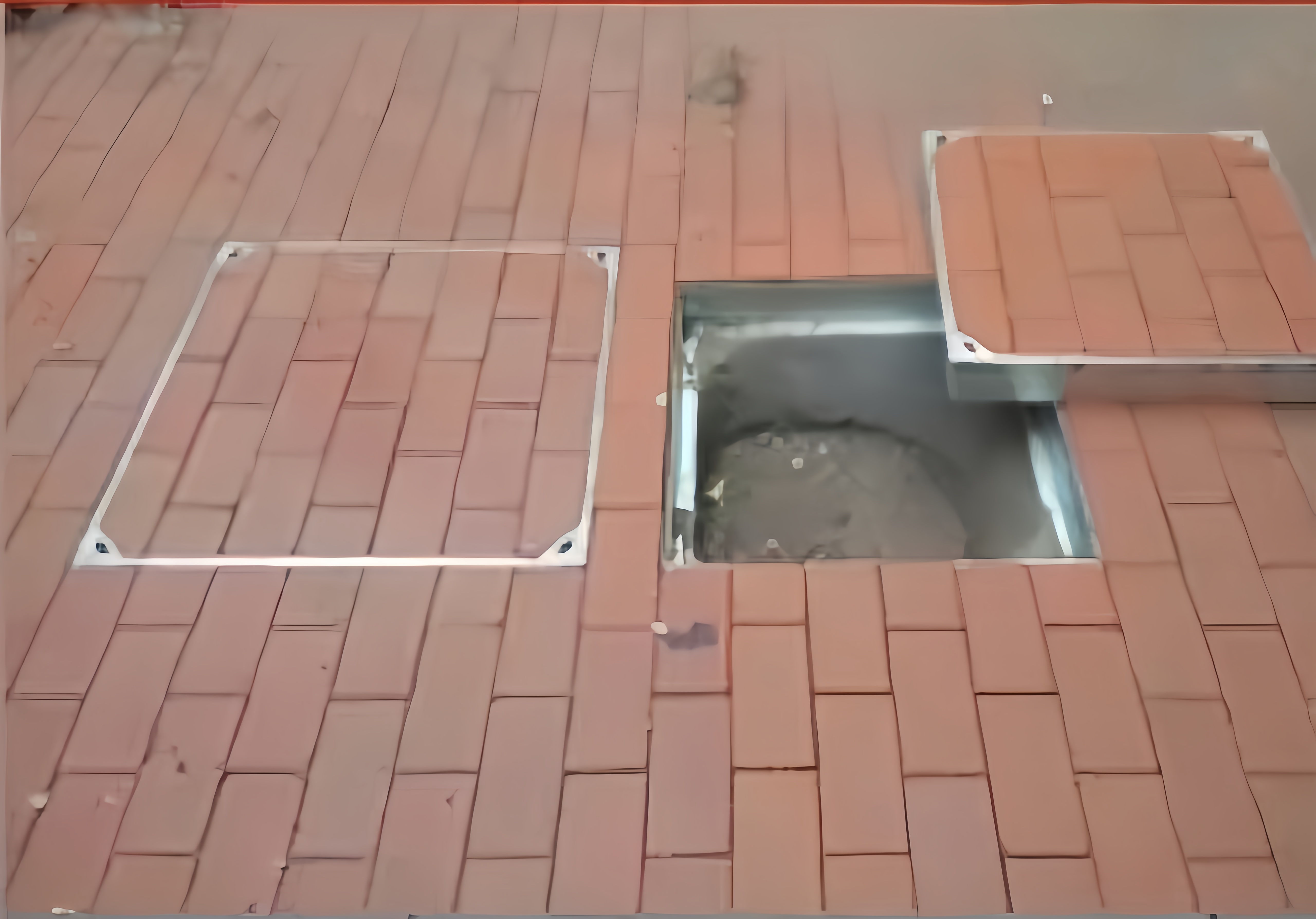
Conclusion
The next generation of cities demands infrastructure that is functional, beautiful, and invisible. Recessed manhole covers are a perfect example of this design principle in action.
As cities invest in more livable, inclusive spaces, adopting landscape manhole covers is no longer a luxury—it’s the new standard.

